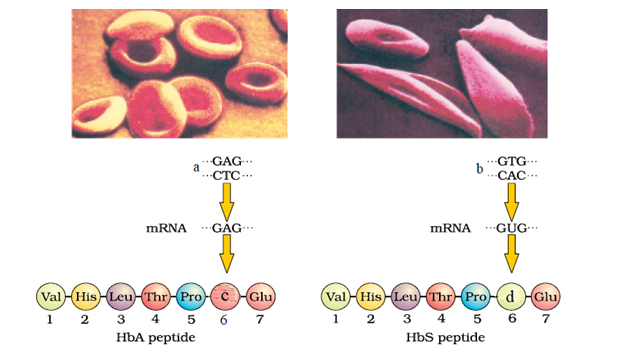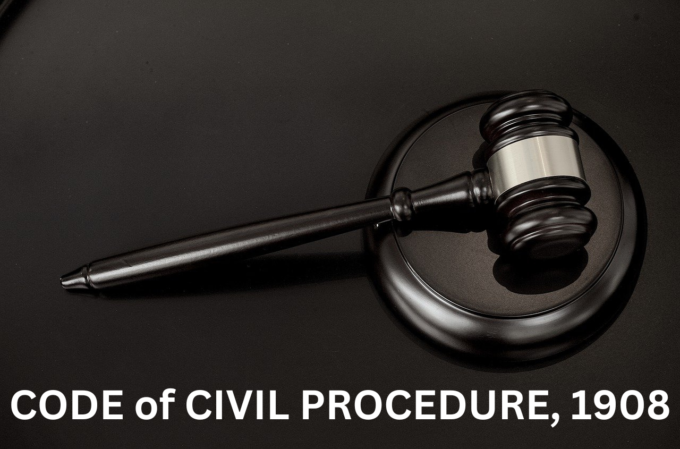Code of Civil Procedure, 1908 History, Structure & More
History of Civil Procedure Code Law in India
The Civil Procedure Code law in India dates back to the British rule. The Code of Civil Procedure law was developed in the year 1859, which was mainly based on English law. But later when Archana started coming under the law, in the year 1877 the Code of Civil Procedure 1859 was abolished and a new Code of Civil Procedure was brought in its place.
In the year 1877, the process of this law was not being done properly, hence amendments were started in it and it was also abolished and it was formed in the year 1882.
Some social problems and changes in the legal system started taking place in the year 1882, then a form was prepared for the last time in the year 1908 in the process of adopting this law in civil courts all over India. Civil Court which was created in the year 1909. It was implemented. There are a total of 158 sections in the Civil Procedure Code. These sections are divided into 11 parts and 51 orders have been given in it.
In the year 1947, when our country India became independent, the Code of Civil Procedure 1909 came into force in the law of the country, this law was considered to be the same law which is still considered to be the law governing civil procedure.
When the Constitution came into force in the year 1950, the Civil Procedure Code law was implemented in the whole of India except the state of Jammu and Kashmir.
What type of law is the Code of Civil Procedure?
Code of Civil Procedure is a legal framework of the country, it is a law that regulates the rules of procedure to be followed in civil cases in particular areas.
It is a code of law that deals with the process of resolving civil cases or disputes through courts and finding solutions to cases or disputes while protecting the rights of the parties involved. It generally involves civil matters, involving litigation, jurisdiction of courts, evidence, examination of witnesses and execution of judgments.
It involves the process of rules to be followed within legal systems. Under the Code of Civil Procedure law, lawyers, judges and persons involved in civil litigation are required to appear before the courts for trial.
What types of cases mostly come under Civil Procedure Code law?
Matters or disputes related to property like land, money, house, factory, buildings come under Civil Procedure Code law. In this, cases related to family disputes, marriage and other matters are registered.
What has been prepared in the Code of Civil Procedure, 1908?
There are a total of 158 sections in the Code of Civil Procedure. These sections are divided into 11 parts.
Part 1 – Suits In General (Sections 9 – 35B)
Part 2 – Execution (Sections 36 – 74)
Part 3 – Incidental Proceedings (Sections 75 – 78)
Part 4 – Suits In Particular Cases (Sections 79 – 88)
Part 5 – Special Proceedings (Sections 89 – 93)
Part 6 – Supplemental Proceedings (Sections 94 – 95)
Part 7 – Appeals (Sections 96 – 112)
Part 8 – Reference, Review and Revision (Sections 113 – 115)
Part 9 – Special Provisions Relating To The High Courts Not Being The Court of A Judicial Commissioner (Sections 116 – 120)
Part 10 – Rules (Sections 121 – 131)
Part 11 – Miscellaneous (Sections 132 – 158)
Some acts have been made in the Civil Procedure Code law.
Transfer of Property Act, 1882
Specific Relief Act, 1963
Hindu Marriage Act, 1955
Indian Succession Act, 1925









